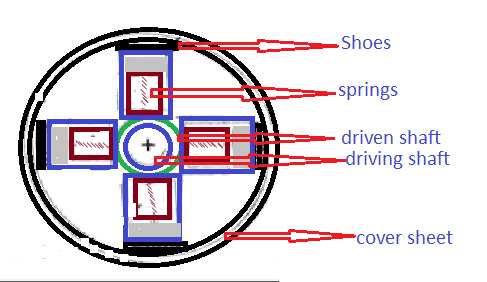Advantages and Disadvantages of Rigid Flange Coupling?
What is a Rigid Flange Coupling?
Couplings are designed to transfer power in a single direction between two shafts. Rigid Flange Coupling is made of heavy-duty cast iron Rigid flange coupling, which makes it highly durable for bearing heavy loads under various conditions.
Advantages of Rigid Flange Coupling
- Rigid flange coupling is a reliable and efficient way of connecting two shafts.
- It is easy to install and does not require any special tools or skills.
- The coupling can handle high speeds and heavy loads without breaking or wearing out.
- It is relatively inexpensive.
- The input and output rotations are equal.
- It is strong, allowing for high torque transmission with high energy efficiency.
- Heavy-duty cast iron construction results in a highly durable coupling.
- Can be used in vertical applications, such as a vertical pump.
Disadvantages of Rigid Flange Coupling:
- They are expensive and difficult to install.
- Should only be used when the shafts are accessible from both sides.
- Reduced flexibility because the flanges are rigidly connected to each other, which makes it difficult to absorb axial thrusts between two shafts if their misalignment is high.
- It cannot handle high speeds, which means it cannot be used at certain revolutions per minute (rpm), depending on the type of coupling.
- Precise alignment between shafts is required to ensure that the coupling works properly at all times and that there are no problems arising from misalignments, such as bending and breakage.
- The shafts must be exactly parallel to each other otherwise, there is a risk that they may jam and prevent the coupling from working properly.
- It is less suitable for high frequencies.


